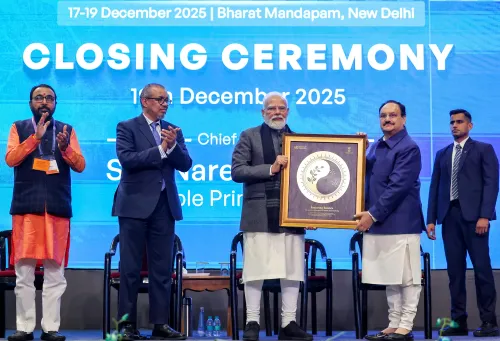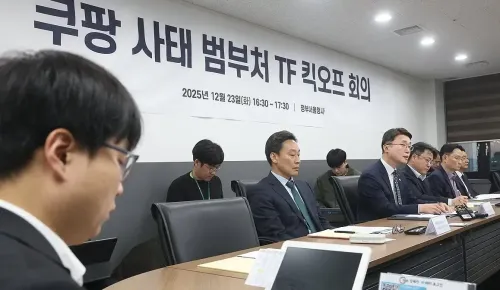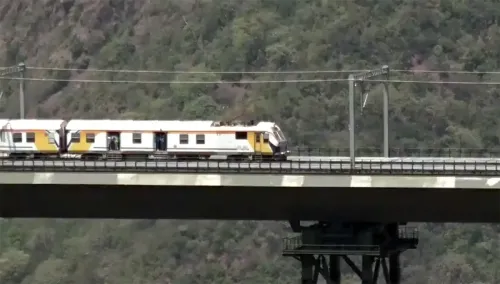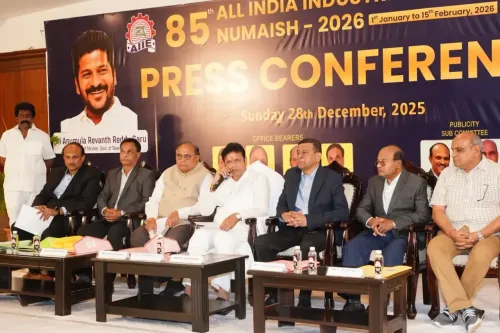Is TRAI Committed to Keeping Service Quality in Line with Consumer Expectations?
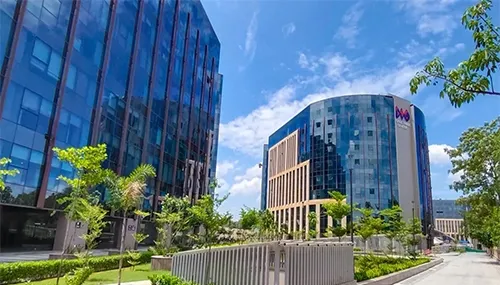
Synopsis
Key Takeaways
- TRAI's IDT assesses real-world mobile network performance.
- 5G services showed significant peak download speeds.
- Call setup success rates varied among telecom operators.
- Testing conducted in diverse environments for accuracy.
- TRAI aims to align service quality with consumer expectations.
New Delhi, July 9 (NationPress) In light of India’s swift shift towards a digitally interconnected economy, the Telecom Regulatory Authority of India (TRAI) unveiled its findings from the Independent Drive Test (IDT) for the Himachal Pradesh Licensed Service Area (LSA) on Wednesday, which encompassed a wide range of routes surveyed in May.
The drive tests, executed under the guidance of the TRAI Regional Office in Delhi, aimed to assess real-world mobile network capabilities across various environments, including Urban Zones, Institutional Hotspots, Public Transport Hubs, and High-Speed Corridors.
Detailed evaluations were performed over 116.6 kms in city settings, 283.9 kms on highways, 384.8 kms along railways, in 5 hotspot locations, and 2.3 kms through walking tests. Technologies assessed included 2G, 3G, 4G, and 5G, showcasing the user experience across different handset abilities.
The overall mobile network performance in Una and Mandi was a mix of results. The call setup success rates for Airtel, BSNL, RJIL, and VIL were 98.90%, 93.29%, 98.70%, and 95.48% respectively, in auto-selection mode (5G/4G/3G/2G).
“Airtel, BSNL, RJIL, and VIL recorded drop call rates of 0.67%, 15.69%, 0.66%, and 2.03% respectively in auto-selection mode (5G/4G/3G/2G).
As per TRAI data, 5G data services exhibited promising performance in city hotspots, with peak download speeds soaring to 572.97 Mbps and upload speeds reaching 62.30 Mbps.
Anil Kumar Lahoti, Chairman of TRAI, stated that “TRAI is dedicated to ensuring that service quality aligns with consumer expectations. These IDT results mirror actual user experiences, aid in benchmarking operator performance, and direct necessary network enhancements.”
The assessments were performed using TRAI-calibrated equipment and standardized protocols in real-world environments.
In both Una and Mandi, the evaluation encompassed high-density neighborhoods such as Barnoh, Dangoli, Jal Gran, Jhalera, and Lal Singhi in Una, alongside Pakhri, Kunnu, Narla, Padhar, and Kotropi in Mandi.


